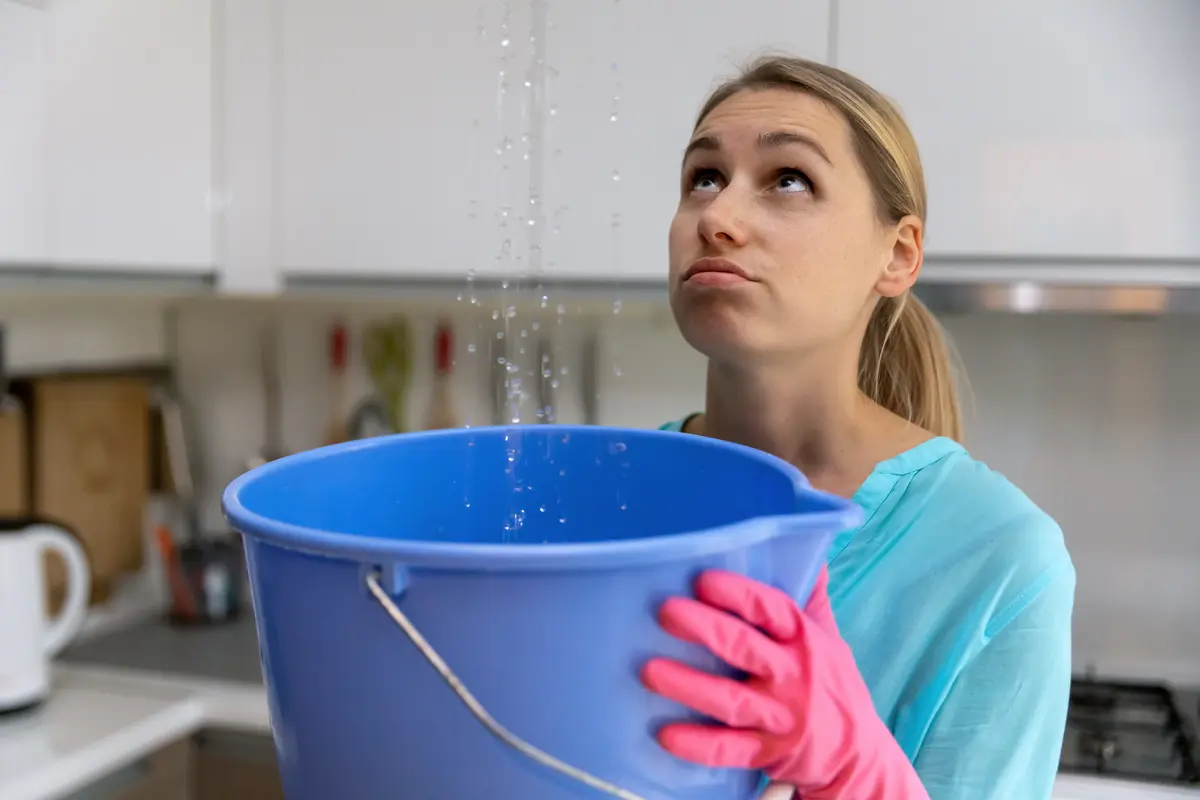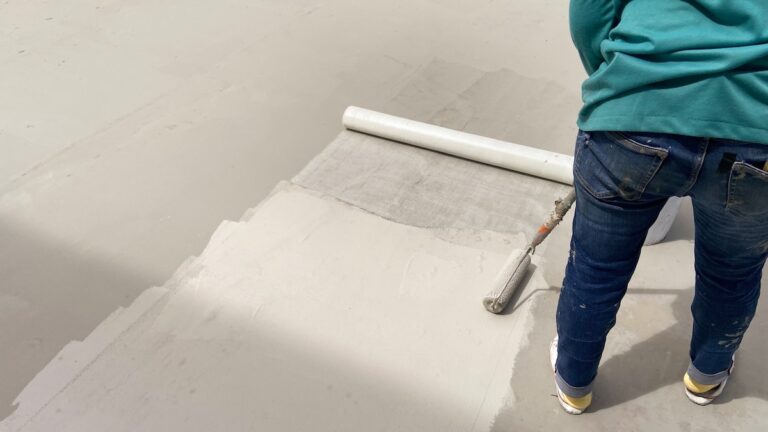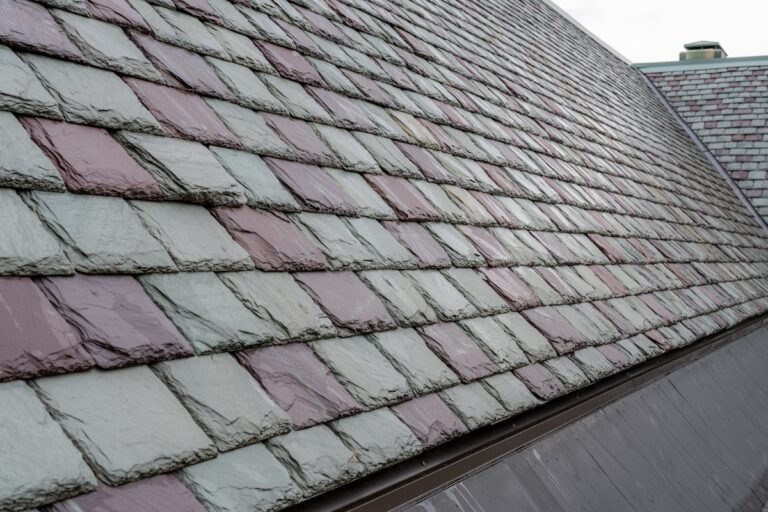Water leaks from the ceiling can be a homeowner’s worst nightmare. Not only do they cause immediate distress, but they can also lead to long-term damage to your roofing system if not addressed promptly.
In this detailed blog post, we will explore:
- The causes
- Detection methods
- Solutions for dealing with water leaking from ceiling
By the end of this article, you will have a clear understanding of how to protect your home from water damage.
Causes of Water Leaks from the Ceiling
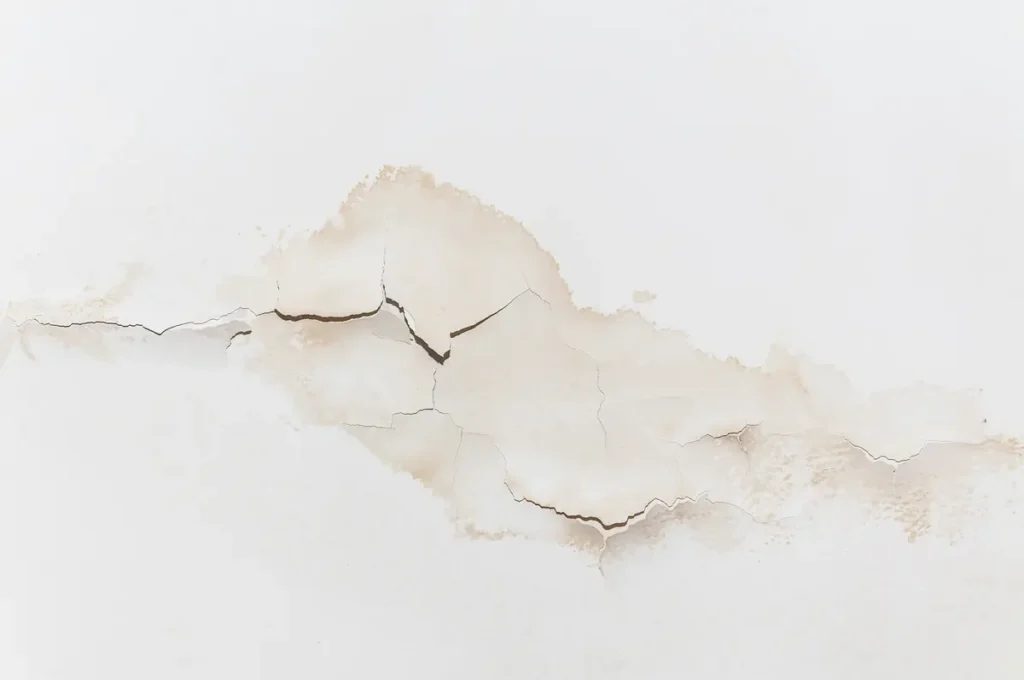
Understanding the root cause of a ceiling leak is the first step toward fixing it. Here are the most common causes:
🔧 Plumbing Issues
One of the most frequent causes of water leaks in ceilings is plumbing problems. These can include:
- Burst or Leaking Pipes: Pipes carrying water through your home can develop leaks due to corrosion, freezing, or physical damage.
- Faulty Fixtures: Leaks can originate from bathrooms or kitchens, especially if there are issues with bathtubs, sinks, or toilets.
- Overflowing Appliances: Washing machines or dishwashers that overflow can cause water to seep into the floor and through the ceiling below.
🏚️ Roof Damage
Your roof is your home’s first line of defense against the elements. When it becomes compromised, water can easily find its way inside:
- Missing or Damaged Shingles: Storms, high winds, and aging can cause shingles to break or go missing, allowing water to seep through.
- Clogged Gutters: Gutters filled with debris can cause water to overflow and penetrate the roof.
- Improper Roof Installation: Poor workmanship during roof installation can lead to leaks over time.
💧Condensation
Condensation occurs when warm, moist air comes into contact with a cold surface, leading to water droplets forming:
- Poor Ventilation: Areas like attics and bathrooms that lack proper ventilation can experience condensation.
- Insulation Issues: Inadequate insulation can cause temperature differentials that lead to condensation inside walls and ceilings.
Signs of a Water Leak
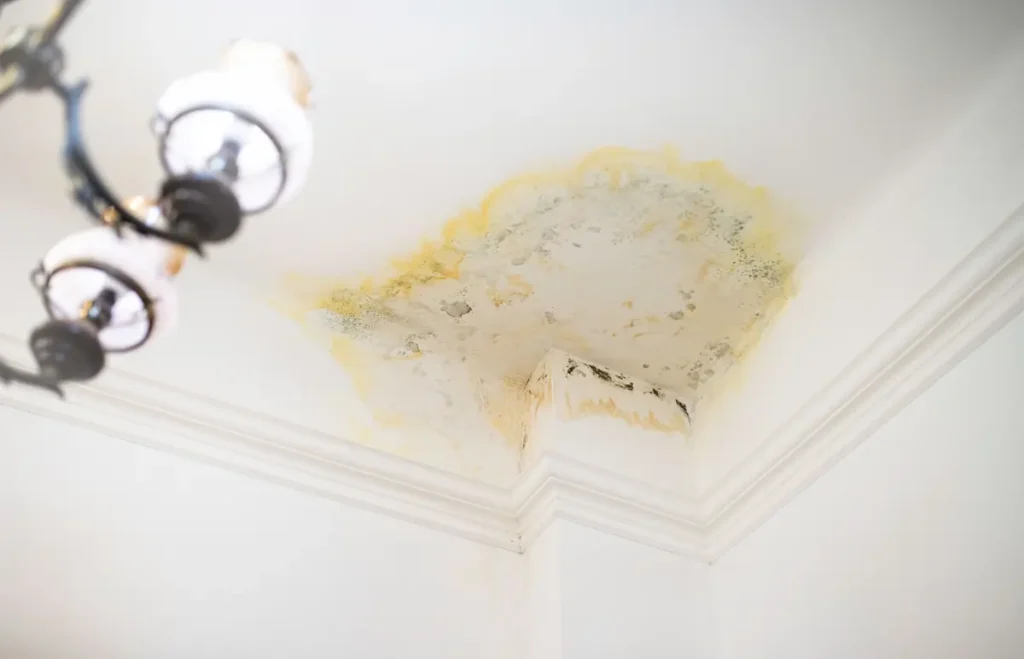
Early detection of a water leak can save you time, money, and stress. Here are some signs to look out for:
- Stains and Discoloration: Yellow, brown, or copper-colored stains on the ceiling are often the first indication of a water leak.
- Sagging Ceilings: A ceiling that appears to be bulging or sagging is a sign that water has pooled above it.
- Drips and Puddles: Obvious signs include water dripping from the ceiling or unexplained puddles on the floor.
- Musty Odor: A persistent musty smell can indicate mold growth, which often accompanies water leaks.
- Peeling Paint or Wallpaper: Water damage can cause paint or wallpaper to blister and peel away from walls.
Immediate Steps to Take
If you discover a water leak, it’s important to act quickly to prevent further damage. Here are the immediate steps you should take:
- Turn Off the Water Supply: If the leak is due to plumbing, shut off the main water supply to stop the flow of water.
- Move Furniture and Belongings: Protect your furniture and personal items by moving them away from the affected area.
- Contain the Water: Use buckets, towels, or plastic sheeting to catch and contain the leaking water.
- Identify the Source: Try to pinpoint the source of the leak, but avoid making any repairs until you have a clear understanding of the problem.
- Document the Damage: Take photos and notes of the damage for insurance purposes.
Diagnosing the Source of the Leak
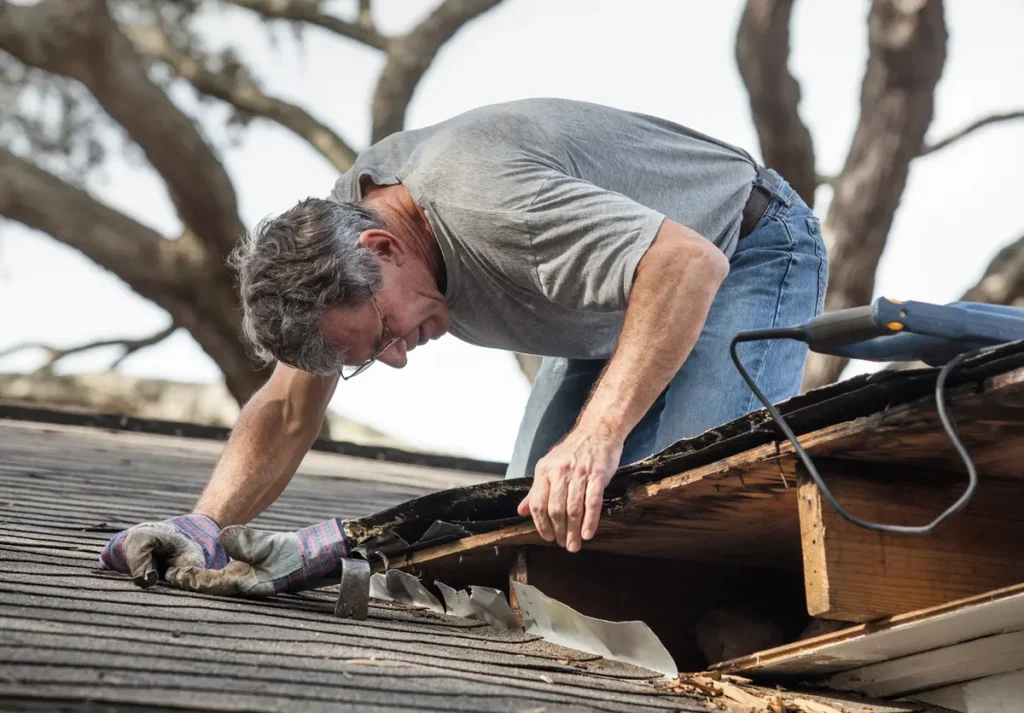
Accurately diagnosing the source of a ceiling leak is crucial for effective repair. Here’s a step-by-step approach:
Inspect the Roof
- Look for Visible Damage: Check for missing or damaged shingles, cracked flashing, or clogged gutters.
- Examine Attic: If accessible, inspect the attic for signs of water entry, such as wet insulation or wood discoloration.
Inspect Plumbing
- Check Nearby Fixtures: Inspect bathrooms, kitchens, and laundry rooms for leaks.
- Examine Pipe Joints: Look for dripping or condensation around pipe joints and fittings.
Consider Condensation
- Evaluate Ventilation: Ensure there is adequate ventilation in areas prone to high humidity.
- Check Insulation: Make sure your home’s insulation is sufficient to prevent condensation buildup.
Fixing the Leak
Depending on the severity of the leak, you may need to implement temporary fixes or opt for permanent solutions.
Temporary Fixes
- Seal the Leak: Use waterproof tape or sealant to temporarily stop the leak.
- Cover the Area: Use a tarp or plastic sheeting to cover the affected area and prevent further water damage.
Permanent Solutions
- Plumbing Repairs: Replace or repair damaged pipes and fixtures.
- Roof Repairs: Replace missing or damaged shingles, clean and repair gutters, and fix any structural issues.
- Improve Ventilation and Insulation: Install exhaust fans, improve attic ventilation, and add insulation where needed.
Preventing Future Leaks
Preventative measures can save you from future headaches and costly repairs. Here’s how to safeguard your home:
- Regular Inspections: Schedule regular roof and plumbing inspections to catch potential issues early.
- Clean Gutters: Keep gutters and downspouts clean to ensure proper water drainage.
- Maintain Ventilation: Ensure all areas of your home are well-ventilated to prevent condensation.
- Upgrade Insulation: Invest in proper insulation to maintain consistent indoor temperatures and prevent condensation.
When to Call a Professional
While some leaks can be fixed with a DIY approach, others require professional intervention. Here’s when to call in the experts:
- Complex Plumbing Issues: If you can’t locate the source of a plumbing leak, or if the repairs are beyond your skill level.
- Major Roof Damage: Significant roof damage often requires professional repair or replacement.
- Persistent Condensation: If you can’t resolve condensation issues with basic ventilation and insulation improvements.
- Structural Damage: Any signs of structural damage, such as sagging ceilings or walls, should be assessed by a professional.
Dripping Water? You Need Johnson Restoration
Water leaks from the ceiling can be a daunting issue for homeowners, but with the right knowledge and proactive measures, you can protect your home from severe damage. And while DIY solutions can be effective for minor leaks, don’t hesitate to call a professional for more complex issues. Taking these steps will ensure your home remains a safe and comfortable place for you and your family.
If you suspect a water leak or need assistance with repairs, reach out to Johnson Restoration today. Protect your home from future leaks by scheduling regular inspections and investing in preventative measures. Thank you for reading, and stay vigilant!
